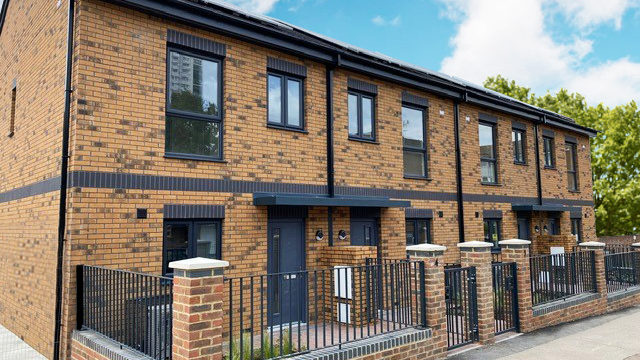Zero Carbon Homes: when, not if…

Changes to Building Regulations this year and the Future Homes Standard not far behind, new homes are now inevitably on their way to needing to be Net Zero Carbon.
A blog by: Nigel Banks, Special Projects Director, ilke Homes
What is changing this year?
“Part L” of the Building Regulations (Conservation of Fuel and Power) defines limits on carbon emissions as well as fabric and equipment minimum standards for homes and buildings and have been slowly ramping up since 1995. Last week, the Government set out its response to the Future Homes consultation and the changes that will be legislated for this year.
In addition, a new “Part S” on Electric Vehicle Charging and a new “Part T” Overheating are also expected to be legislated for this year, details of the latter were set out in a new consultation.
What does the Part L 21 mean for new housing schemes?
The new standards introduce four new targets which all new homes will need to meet:
- Target Primary Energy Rate (TPER)
- Target Emissions Rate (TER)
- Target Fabric Energy Efficiency Rate (TFEER)
- Minimum Performance standards for fabric and services.
The Part L 21 targets are set by comparing calculating the performance of the proposed specification against a comparable “notional” building which is 31% lower carbon than current standards. This building has high fabric performance, waste-water heat recovery, solar PV but still uses a gas boiler. The fabric target is being consulted upon to potentially give flexibility with the option of a target 15% higher than the notional building.
For most housebuilders, they will need to upgrade their fabric specification to much higher standards, as well as introduce additional technologies such as waste-water heat recovery and solar PV, or change the gas boiler for an air or ground source heat pump.
The high-performance fabric specification found in all ilke Homes is expected to meet new minimum requirements, as such to meet Part L 21, the addition of either solar PV or an Air Source Heat Pump is only expected to be needed.
The proposed new requirements on overheating are stricter in London and in homes which cannot provide cross ventilation which will limit glazing areas, require shading or special glass or detailed modelling of summertime temperatures to demonstrate they are unlikely to overheat.
The new requirements on Electric Vehicle charging are expected to require a single phase 7kW rapid charger to every home or every car parking space in flats. The government’s consultation response is due out soon which will confirm these requirements and when they will be introduced.
What is the Future Homes Standard?
Part L 2021 is an interim step to the new Future Homes Standard which aims to enable all new homes to become zero carbon as the electricity grid decarbonises without the need for future retrofitting.
The details of Future Homes Standard will be consulted on in detail in 2023, the specification is expected to deliver a 75-80% carbon reduction on current levels. The consultation response sets out the indicative performance of the “notional” building which needs to be bettered on Primary Energy, Carbon Emissions and potentially also on Fabric Performance. This has near passivhaus levels of fabric performance and uses an Air Source Heat Pump.
What will this standard mean for new housing schemes?
This standard effectively bans natural gas boilers and any other fossil fuel heating system (including fossil fuel district heating systems) and heat pumps are expected to become the default option either on a per house basis or via a heat network.
To better the notional building, as well as fitting an Air Source Heat Pump, new homes will either need Solar PV or near passivhaus fabric levels. Ilke Homes offer standard upgrades to meet these levels and have delivered homes which are expected to meet the standard at Gateshead Innovation Village for Home Group and in London for the Royal Borough of Greenwich.
Delaying the inevitable?
Although the new Part L will be legislated for this year, it won’t take effect until June 2022, giving developers time to adjust to the income changes. A further year’s transition is possible if you submit your building notice/plans ahead of June 22 and start on site with the foundations/drainage of each plot by June 2023. These transitional arrangements mean that developers can delay the inevitable by another couple of years but by limiting the start on site by plot, all homes started on site from June 2023 will have to meet these standards.
A similar approach is expected for the introduction of the Future Homes Standard, legislated for in 2024, taking effect in 2025 and all home starts from 2026 needing to comply.
The cost of delay?
The Climate Change Committee has recommended that gas boilers be banned from 2033, if implemented it will mean that new homes built today with gas boilers will need to be retrofitted with air source heat pumps (or hydrogen boilers if this is found to be viable). Both options will require disruptive changes, increasing radiator sizes and adding a hot water cylinder, or for hydrogen changing the boiler, gas meter, copper gas pipes and cooker.
It will be interesting to see whether clients and buyers of homes will ask developers to move to heat pumps now to avoid the cost and disruption of upgraded their new homes in the future.
Ready to go!
Ilke Homes are ready to go and can cost-effectively build to the Part L 21 and the proposed Future Homes Standards now. We are keen to support our clients in adopting these new standards now and avoid future retrofitting.
